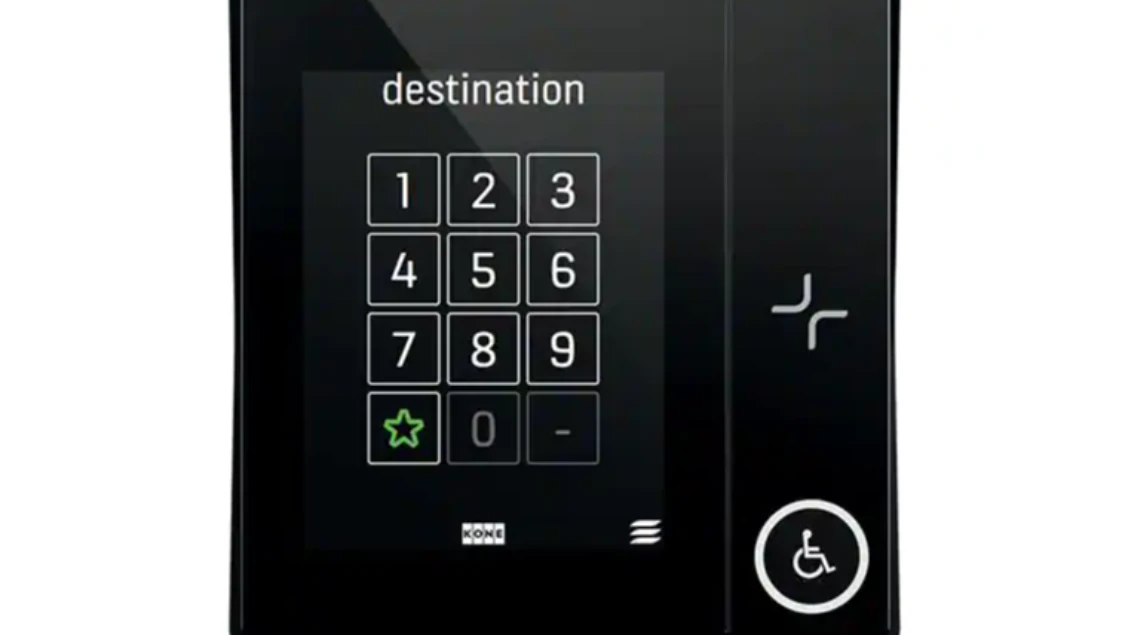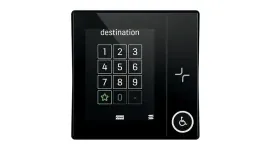 Elevator destination control systems are a type of elevator control system that allows passengers to enter their desired destination floor on a panel before entering the elevator. The system then calculates the most efficient route for the elevator to take, so that it can pick up and drop off passengers as quickly as possible.
Elevator destination control systems are a type of elevator control system that allows passengers to enter their desired destination floor on a panel before entering the elevator. The system then calculates the most efficient route for the elevator to take, so that it can pick up and drop off passengers as quickly as possible.Destination control systems can significantly improve the efficiency of elevator operation, especially in tall buildings with high traffic. They can reduce waiting times, increase passenger capacity, and improve energy efficiency.
How do destination control systems work?
Destination control systems typically use a combination of sensors and software to track the location of elevators and passengers. When a passenger enters their destination floor on a panel, the system sends a signal to the elevator that is closest to that floor. The elevator then calculates the most efficient route to the passenger's destination, taking into account the destinations of other passengers in the elevator.
Destination control systems can also be used to control the speed of elevators. For example, if there are a lot of passengers going to the same floor, the system can tell the elevator to go faster. This helps to reduce waiting times and improve the overall efficiency of the elevator system.
Benefits of destination control systems
There are many benefits to using destination control systems for elevators. Some of the most important benefits include:
- Reduced waiting times: Passengers can enter their destination floor before entering the elevator, so they don't have to wait for an elevator that is going to their floor. This can significantly reduce waiting times, especially during peak hours.
- Increased passenger capacity: Destination control systems can help to increase passenger capacity by ensuring that elevators are not making unnecessary stops. This is because the system can group passengers together who are going to the same floor.
- Improved energy efficiency: Destination control systems can help to improve energy efficiency by reducing the amount of time that elevators spend operating. This is because the system can optimize the routes that elevators take, so that they are not making unnecessary stops.
- Enhanced security: Destination control systems can be integrated with security systems to prevent unauthorized access to certain floors. This can help to improve security in high-rise buildings and other sensitive areas.
There are two main types of destination control systems:
- Traditional destination control systems: These systems use panels located at the main entrance of the building. Passengers enter their destination floor on these panels, and the system then sends an elevator to pick them up.
- Hybrid destination control systems: These systems use panels located at the main entrance of the building, as well as panels inside the elevator cars. Passengers can enter their destination floor on either type of panel.
Considerations for installing a destination control system
If you are considering installing a destination control system for your elevator, there are a few things you should keep in mind:
- The size and layout of your building: The size and layout of your building will affect the type and size of destination control system that you need. For example, a large building with a complex layout will require a more sophisticated system than a small building with a simple layout.
- The number of passengers: The number of passengers that use your elevator will also affect the type and size of destination control system that you need. A system that is designed for a high-traffic building will need to be more powerful than a system that is designed for a low-traffic building.
- Your budget: Destination control systems can range in price from a few thousand dollars to tens of thousands of dollars. You will need to decide how much you are willing to spend on a system before you make a purchase.


